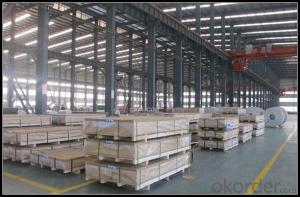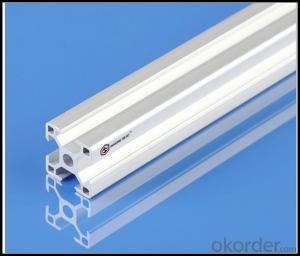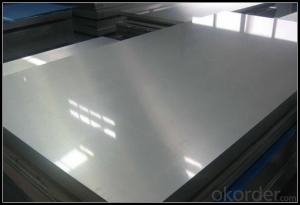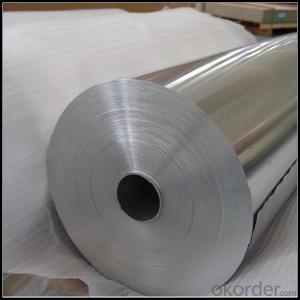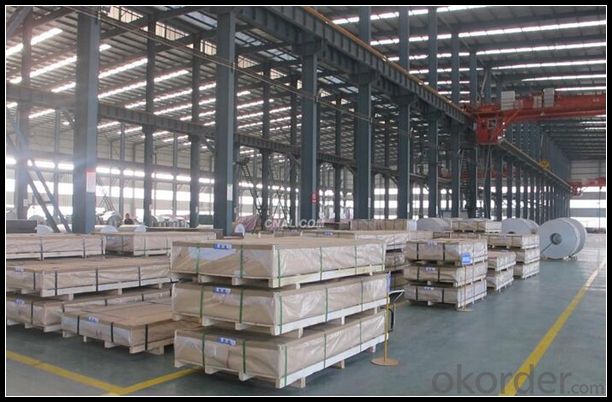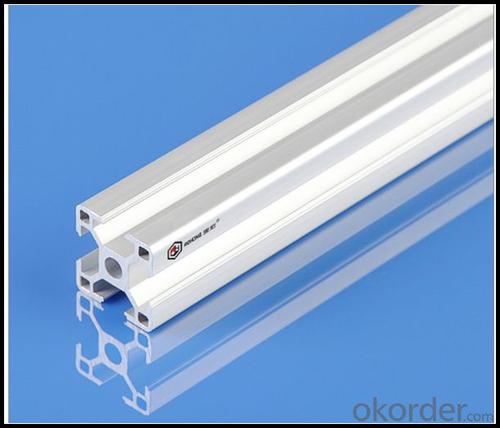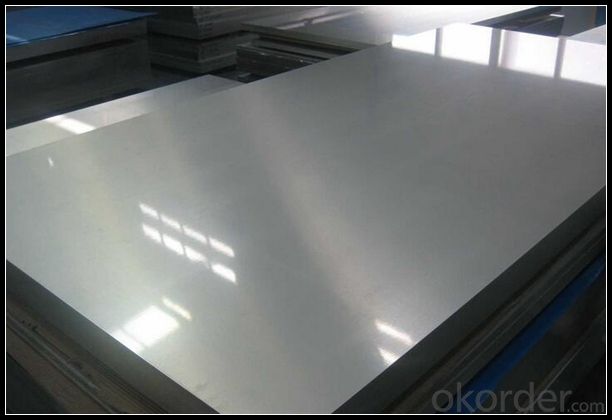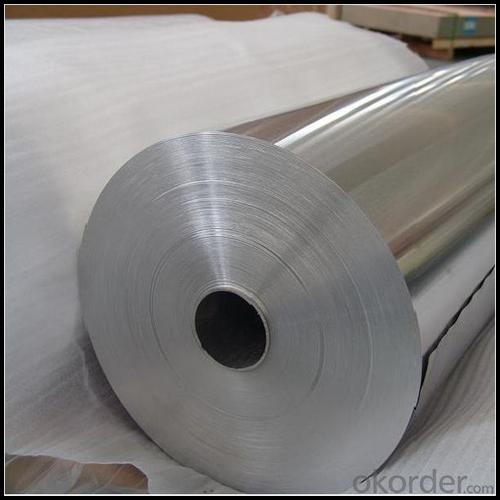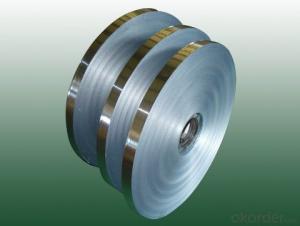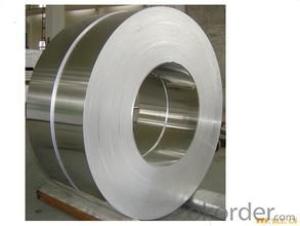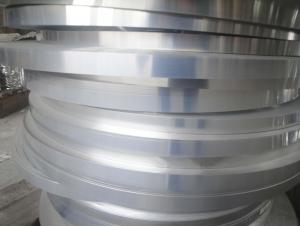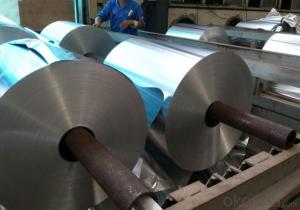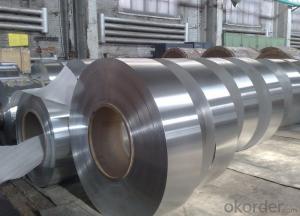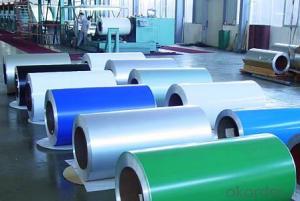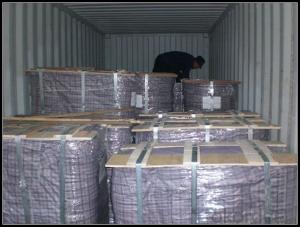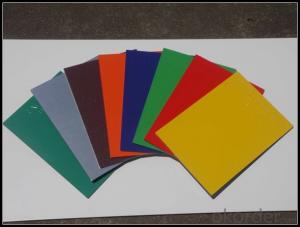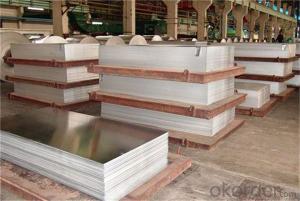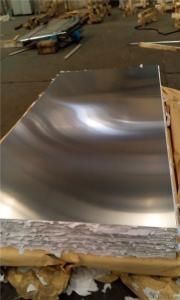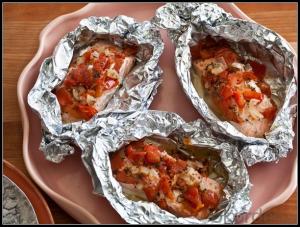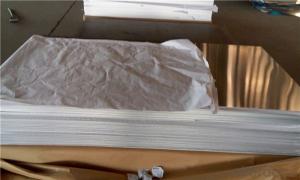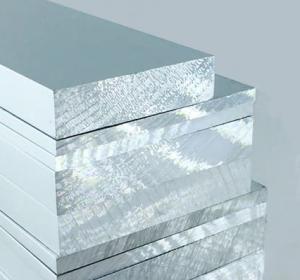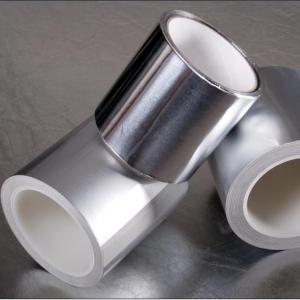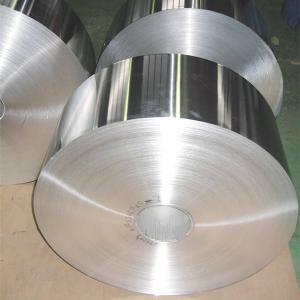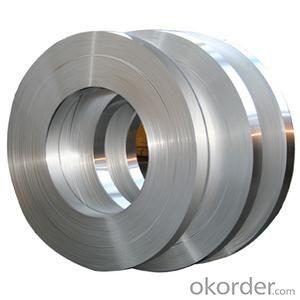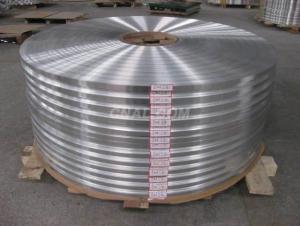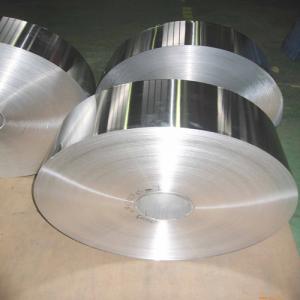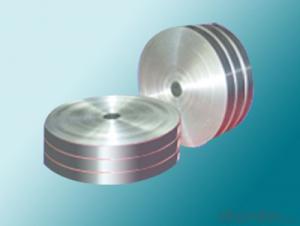Aluminum Sheet Metal Strips 5052 H32 with Different Specifications
- Loading Port:
- Tianjin
- Payment Terms:
- TT OR LC
- Min Order Qty:
- 1 m.t.
- Supply Capability:
- 4999 m.t./month
OKorder Service Pledge
OKorder Financial Service
You Might Also Like
Specification
1. Specification of Aluminum
1) Alloy | 1050, 1060,1100, 3003 3004 3105 3005 5005 5052 etc |
2) Temper | O/H12/H14/H1/H18/H32/H34/H36/H38//H111/H112/H116/H321/T6/T651/T3/T351 etc |
3) Thickness | 0.1mm to 6mm |
4) Width | 20mm to 3300mm |
5) Coil weight | 100kgs to 6 tons depends on actual requirement |
6) Core material | Aluminum alloy |
7) Coil Inner diameter | 76mm, 152mm,or as required |
2. Application of Aluminum
(1).Interior: General use shutters, doors...
(2).Exterior: renovations...
(3).Advertisement: fascia, shop fronts...
3. Feature of Aluminum
Because aluminium is abundant and most of its derivatives exhibit low toxicity, the compounds of aluminium enjoy wide and sometimes large-scale applications.
4. Image of Aluminum
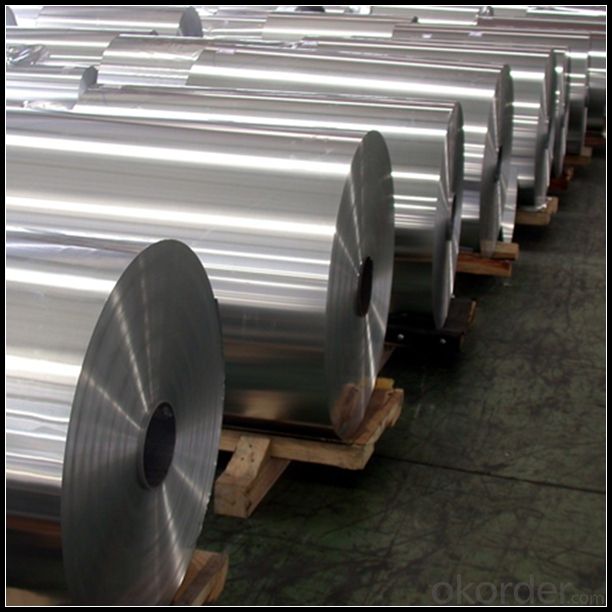
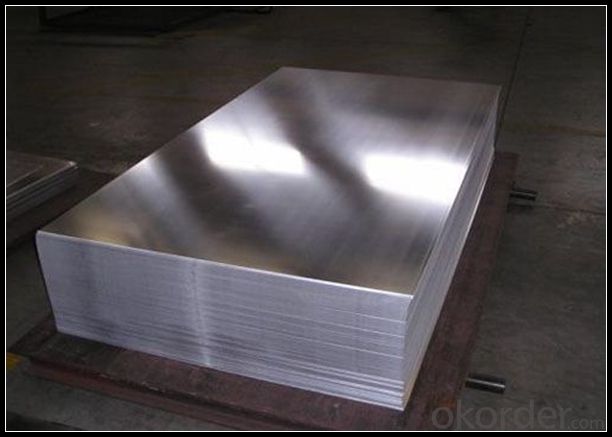
5. Our Service
1. Reply your enquiry in 24 working hours. |
2. OEM, buyer design, buyer label services provided. |
3. Exclusive and unique solution can be provide to our customer by our well traned and professional engineers and staffs. |
4. We can provide free sample for your check |
5. We have the certification of ISO 9001 |
6. Timely delivery |
7. Special discount and protection of sales area provided to our distributor. |
8. Good after-sale service. |
6. FAQ
Q: What is the produce prase? | ||||
A: Normally it would be 40days after received your deposit. | ||||
Q: Can you provide free samples? | ||||
A: Yes, free samples will be sent to you on freight at destination. |
- Q: This question asks about the various forms or configurations that aluminum strips can take in terms of their shape.
- <p>Aluminum strips are available in various shapes to meet different industrial and manufacturing needs. Common shapes include rectangular, square, and circular strips. Rectangular strips are the most common and can be found in various thicknesses and widths. Square strips are less common but still used in specific applications. Circular strips, also known as aluminum wire, are used in electrical applications and other areas requiring a round cross-section. Other shapes like triangular, hexagonal, or custom profiles can also be produced but are less standard and typically require specialized manufacturing processes.</p>
- Q: This question asks about the strength or durability of aluminum strips, which are commonly used in various industries.
- <p>Aluminum strips are known for their strength-to-weight ratio, offering a high level of strength relative to their weight. They can withstand significant tensile loads and are highly resistant to corrosion. The exact strength of an aluminum strip depends on its alloy composition, thickness, and temper. For instance, 6061-T6 aluminum, a common alloy, has a yield strength of approximately 276 MPa (40,000 psi) and a tensile strength of around 310 MPa (45,000 psi). Aluminum strips are also ductile, allowing them to be bent and shaped without breaking. Their strength makes them suitable for applications in construction, transportation, and aerospace industries.</p>
- Q: Which is the best aluminum alloy belt?
- Main products: aluminum, automotive, aviation, military board aluminum high-speed train ship plate, aluminum plate, cabinet board, high-end cosmetics cover material, mold piece aluminum pipe insulation board, special high Jingchao flat aluminum (whole plate flatness + 0.22mm), kraft paper, aluminum plate, aluminum plate, moisture-proof super hard Pre Stretch aluminum plate, aluminum plate, aluminum oxide, imported mirror plate, embossed aluminum, aluminum plate, aluminum plate, leveling drawing pattern aluminum and high precision high precision aluminum coil, aluminum strip, aluminum strip ultra narrow, extrusion rods, fine pull rods, Mo Guangbang, tube, seamless tube, aluminum forging, surface profile and other "off the spot wholesale cutting, retail
- Q: This question asks for a comparison of the benefits and drawbacks associated with the use of aluminum strips.
- <p>Aluminum strips offer several advantages, including high strength-to-weight ratio, corrosion resistance, and excellent thermal conductivity. They are lightweight, which makes them ideal for applications where weight is a concern, such as in the aerospace and automotive industries. Their resistance to corrosion means they can be used in environments where other metals might rust or degrade. Additionally, their thermal conductivity makes them useful in heat exchangers and other thermal management applications. However, aluminum strips also have disadvantages. They are less rigid than some other metals, which can be a drawback in applications requiring high stiffness. They also have a lower melting point compared to metals like steel, which can limit their use in high-temperature applications. Furthermore, aluminum is a good conductor of electricity, which might be undesirable in certain electrical applications where insulation is needed.</p>
- Q: This question asks for guidance on selecting the appropriate aluminum strip for home use.
- <p>To choose the right type of aluminum strip for your home, consider the following factors: 1) Purpose: Determine if the strip is for decoration, structural support, or insulation. 2) Thickness: Select the appropriate thickness based on the strip's purpose and load-bearing requirements. 3) Finish: Choose between anodized, painted, or brushed finishes based on your aesthetic preferences and durability needs. 4) Width and Length: Ensure the strip's dimensions match your project specifications. 5) Quality: Opt for high-quality aluminum to ensure longevity and resistance to corrosion. 6) Compatibility: Ensure the strip is compatible with other materials in your home. Consult with a professional or supplier for personalized advice based on your specific needs.</p>
- Q: Is it possible to use aluminum strips as a material for indoor flooring or wall cladding?
- <p>Yes, aluminum strips can be used for both indoor flooring and wall cladding. They are lightweight, durable, and resistant to corrosion, making them suitable for various interior applications. Aluminum strips are also easy to install and maintain, and they can provide a modern, sleek look to any space. However, it's important to consider the specific requirements of your project, such as load-bearing capacity, thermal insulation, and aesthetic preferences, to ensure that aluminum strips are the right choice for your needs.</p>
- Q: Is it possible to utilize recycled aluminum for the production of roofing materials for residential use?
- <p>Yes, you can use recycled aluminum to make roofing materials for your home. Recycled aluminum is not only environmentally friendly but also cost-effective. It maintains the same properties as new aluminum, making it suitable for various applications, including roofing. Recycled aluminum roofing materials are durable, lightweight, and resistant to corrosion, which are desirable qualities for any roofing system. However, it's important to ensure that the recycled aluminum is sourced from a reputable supplier to guarantee quality and safety.</p>
- Q: What are the properties, uses and classifications of aluminium strip?
- At present, the international raw materials for electronic products are no longer purely dependent on copper strip. As the conductivity of aluminum is only lower than copper, the aluminum strip instead of copper strip is becoming a popular trend in the world.Classification of aluminium stripsThe aluminium alloy belt categories are: pure aluminium belt, transformer, aluminium belt, super hard aluminium belt, all soft aluminum belt, semi hard aluminium belt and antirust aluminium belt.
- Q: What is the minimum thickness that can be achieved when manufacturing an aluminum strip?
- <p>There is no absolute limit to how thin an aluminum strip can be made, but the practical limit is determined by the manufacturing process and the intended use of the strip. Modern technology allows for the production of aluminum strips as thin as a few micrometers. However, the thinness is constrained by factors such as material strength, ductility, and the specific application requirements. For instance, in the electronics industry, very thin aluminum strips are used for conductors, while in other applications, thicker strips might be necessary for structural integrity. The thinnest aluminum strips are often produced using techniques like rolling or extrusion, with the final thickness depending on the precision of these processes.</p>
- Q: The user is asking whether they should hire a professional to install aluminum strip products or if they can do it themselves.
- <p>Whether to hire a professional or do it yourself depends on your experience and comfort level with DIY projects. If you are skilled in construction or have experience with similar installations, you may be able to install aluminum strip products yourself. However, if you lack the necessary skills or are unsure about the process, hiring a professional installer is recommended. Professionals have the expertise to ensure a proper and secure installation, which can save you time and potential complications down the line. Additionally, they can handle any unexpected issues that may arise during the installation process.</p>
Send your message to us
Aluminum Sheet Metal Strips 5052 H32 with Different Specifications
- Loading Port:
- Tianjin
- Payment Terms:
- TT OR LC
- Min Order Qty:
- 1 m.t.
- Supply Capability:
- 4999 m.t./month
OKorder Service Pledge
OKorder Financial Service
Similar products
Hot products
Hot Searches
Related keywords
